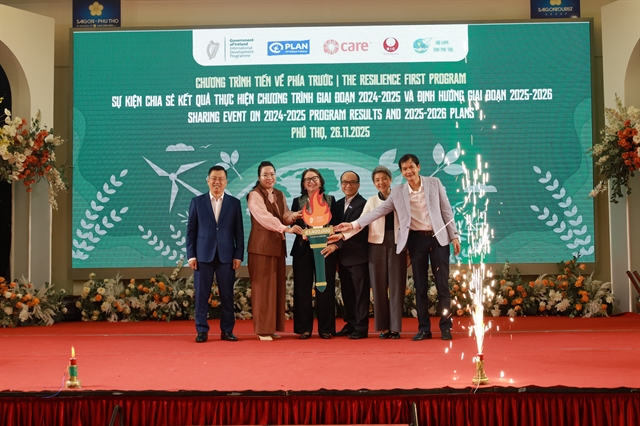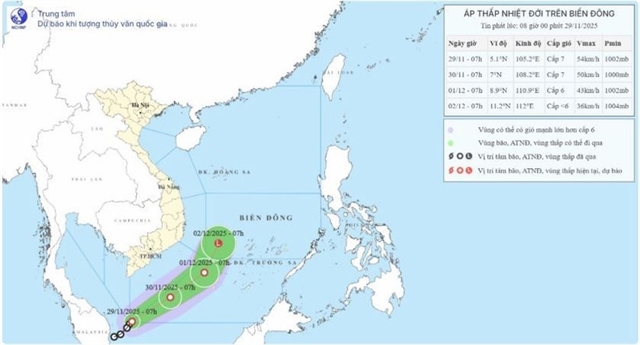 Society
Society

48 out of 108 (44 per cent) cut pork meat samples collected at wet markets in Hung Yen Province were found to contain the disease-causing bacteria Salmonella.
 |
| Pork for sale at a wet market in Hưng Yên Province. – Photo courtesy of Hà Nội University of Public Health |
HÀ NỘI -Forty eight out of 108 (44 per cent) cut pork meat samples collected at wet markets in
The finding, based on research conducted from 2014 to 2015, was published recently in a research paper.
The analysis used a quantitative microbial risk assessment, the first of its kind in Việt
The researchers determined that the probability of pork eaters in northern
Salmonella is a common pathogen causing diarrhea, abdominal pain, fever and septicaemia in humans.
Another article published by the same research team found the human antibiotic drug chloramphenicol was found in 11 per cent of the packaged feed samples tested and 4 per cent of the pork in Hưng Yên and Nghệ An provinces, despite being banned in livestock production.
These findings resulted from analysing 514 samples of pig feed, meat, liver and kidney for antibiotics and heavy metals.
Using chloramphenicol in livestock production can hasten the development of drug resistance in bacteria, making treating bacterial infections in people more difficult and expensive.
The researchers also found lead in 28per cent of the samples but at levels below maximum residue limits and so not dangerous when consumed.
“The key finding of the researchers is that bacteria poses a much bigger risk than chemical contamination of pork. However, this risk can be avoided,” Nguyễn Việt Hùng, representative for East and
Hùng and his co-authors applied risk-based approaches promoted by the Vietnamese Food Safety Law but not yet widely applied. These approaches, Hung said, should be expanded to determine human health risks of other food commodities.
“The research selected pork because it is the primary protein source of Vietnamese people. On average, Vietnamese people consume 26kg of pork per person each year,” Hùng said.
As to why these two provinces were selected for the research, Hung explained that being close to Ha Noi, Hưng Yên Province supplies large amounts of pork to urban areas while Nghệ An is largely self-sufficient in pork.
In their papers, the researchers recommend improving pork-handling and hygiene practices at slaughterhouses, markets and households to reduce the risk of contamination.
They also suggest that researchers, research communicators and government officials do more to communicate to consumers, traders, farmers and policymakers the realities of food safety risks and how best to manage those risks.
This research was published last month in two papers in the International Journal of Public Health: “Exposure assessment of chemical hazards in pork meat, liver, and kidney, and health impact implication in Hưng Yên and Nghệ An provinces, Vietnam”, and “Quantitative risk assessment of human salmonellosis in the smallholder pig value chains in urban Vietnam”.
The research was carried out by scientists at the Centre for Public Health and Ecosystem Research of the Hà Nội University of Public Health, ILRI and other partners.
The research was funded by the Australian Centre for International Agricultural Research.
Food safety is becoming a pressing issue in Việt
A series of unscheduled food inspections have been conducted nationwide at slaughterhouses and food processing and production facilities.
The Government is also investing in safe food supply chains and developing eco-models of food production while calling on farmers and enterprises to commit themselves to safe food production.
Finally,




